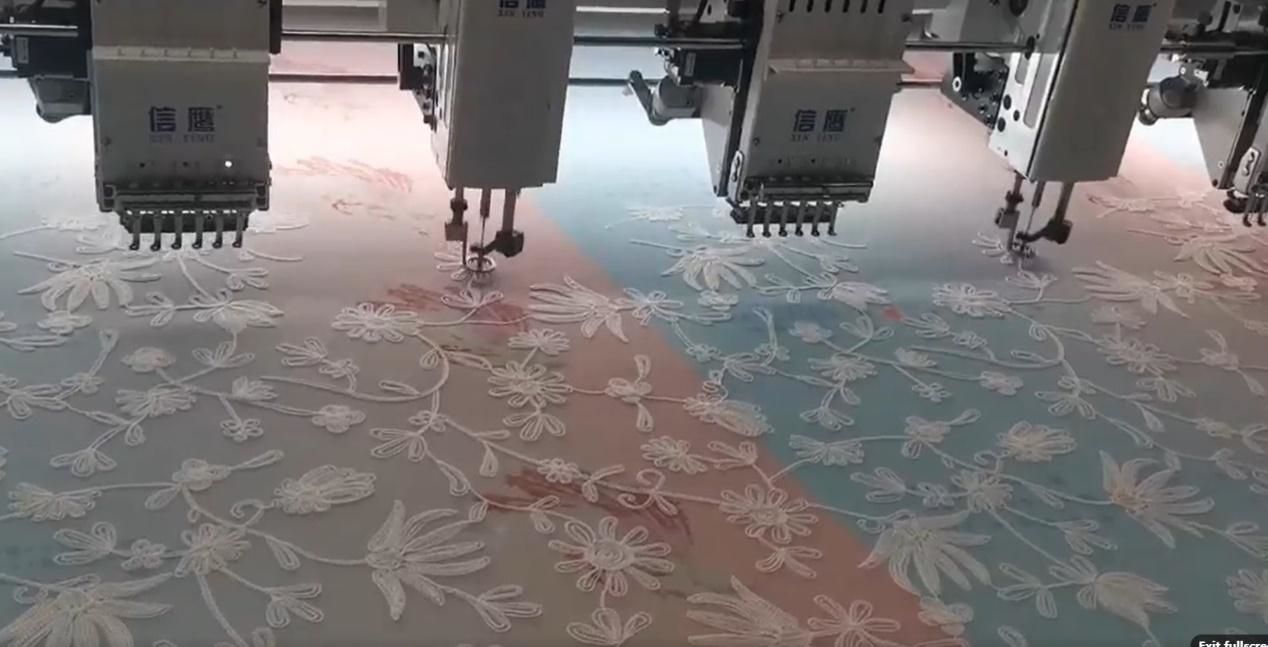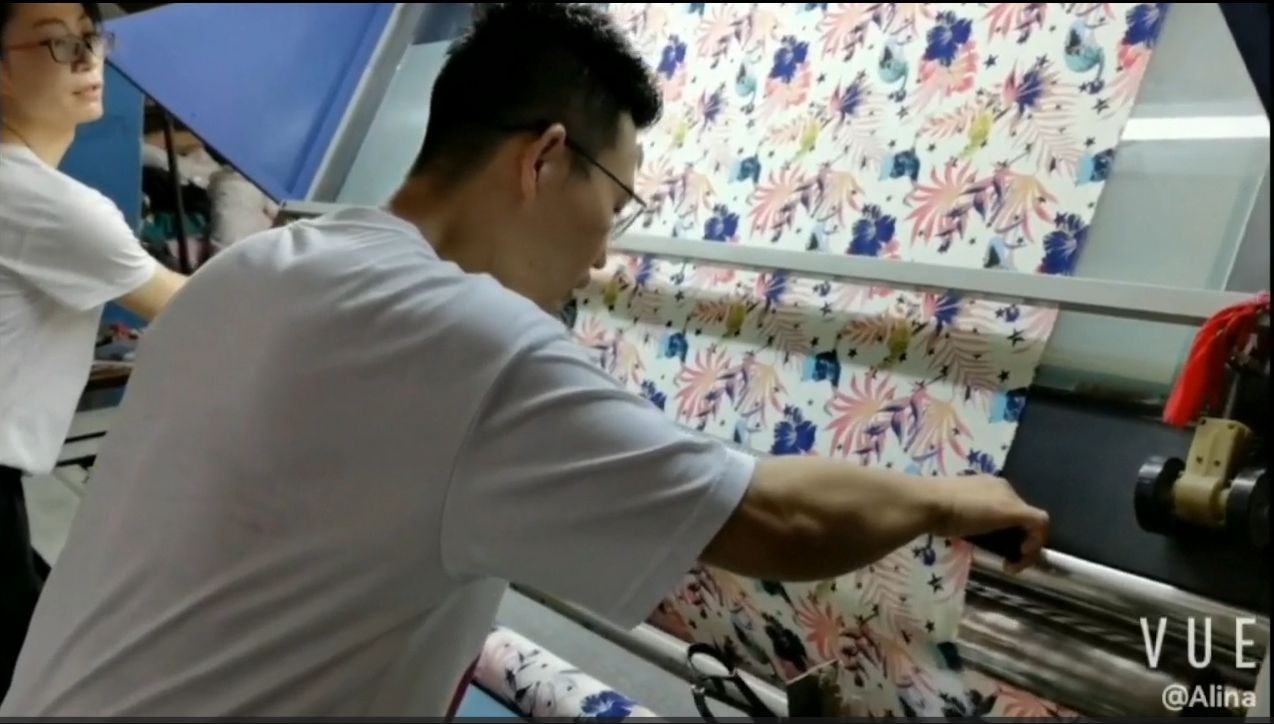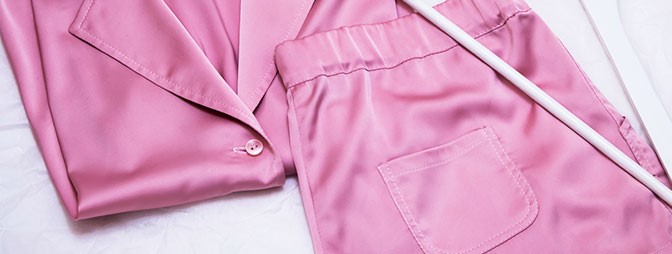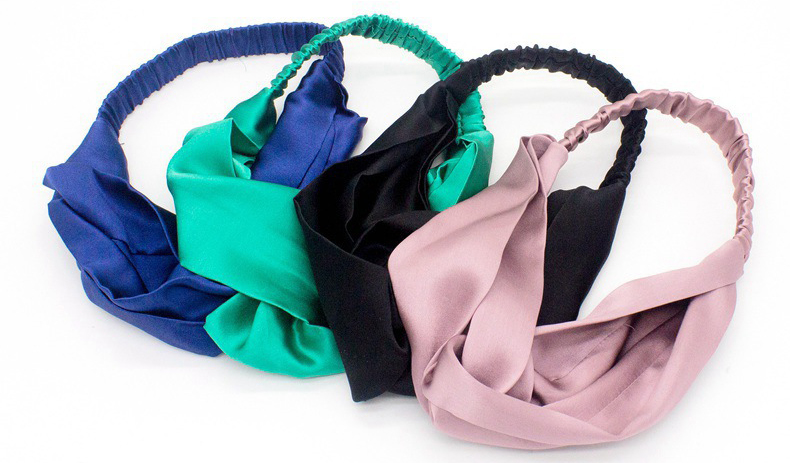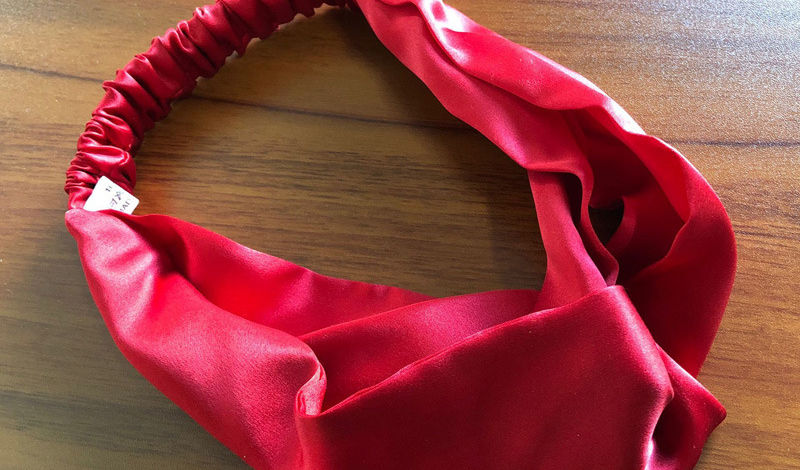Pre-production sample garments making
2024-05-27 10:17:01
Pre-production sample garments play a crucial role in the fashion and garment manufacturing industry. They serve as the prototypes that help designers, manufacturers, and retailers assess and refine designs before mass production. Here’s a detailed overview of the process:
1. Design Development
Concept and Sketching: Designers create initial sketches of the garment, considering trends, inspiration, and target market.
Technical Drawings: Detailed technical drawings (flats) are made, specifying dimensions, construction details, and sewing instructions.
2. Pattern Making
Drafting Patterns: Create paper patterns based on the technical drawings. These patterns are the blueprints for cutting the fabric.
Digital Patterns: Often, patterns are digitized using CAD software for precision and easy modifications.
3. Sample Making
Cutting Fabric: The selected fabric is cut according to the patterns.
Sewing: Skilled sample makers sew the garment, following the construction details and using the chosen trims.
Finishing: Final touches like pressing, adding labels, and quality checks are done.
4. Fitting and Adjustments
Fit Sessions: The sample garment is fitted on a model or a dress form to assess fit, comfort, and appearance.
Feedback and Alterations: Based on the fit session, necessary alterations are made to the patterns and the sample.
5. Approval and Documentation
Approval: Once the sample meets all requirements, it is approved for production.
Production Specifications: Detailed production specs, including patterns, measurements, fabric details, and construction notes, are documented.
6. Grading and Marker Making
Grading: Patterns are graded to create different sizes.
Marker Making: Efficient fabric layout markers are created to minimize waste during fabric cutting in production.
7. Final Sample (Pre-Production Sample)
Pre-Production Sample (PPS): A final sample is made using the exact materials and methods that will be used in mass production. This sample is often referred to as the "golden sample."
8. Production Planning
Production Planning: Based on the approved PPS, production planning is done, including scheduling, resource allocation, and quality control measures.
Importance of Pre-Production Samples
Quality Control: Ensures the final product meets quality standards.
Cost Efficiency: Identifies potential issues early, reducing costly errors in mass production.
Customer Approval: Provides a tangible product for buyers or stakeholders to review before committing to large orders.
Consistency: Ensures consistency in fit, fabric, and construction across all produced garments.
Conclusion
Pre-production sample garments are an essential step in the garment manufacturing process, ensuring that the final product is well-designed, functional, and market-ready. Through meticulous planning, testing, and adjustments, these samples help bring a designer’s vision to life with high quality and efficiency.






 Alina
Alina Bessie
Bessie

